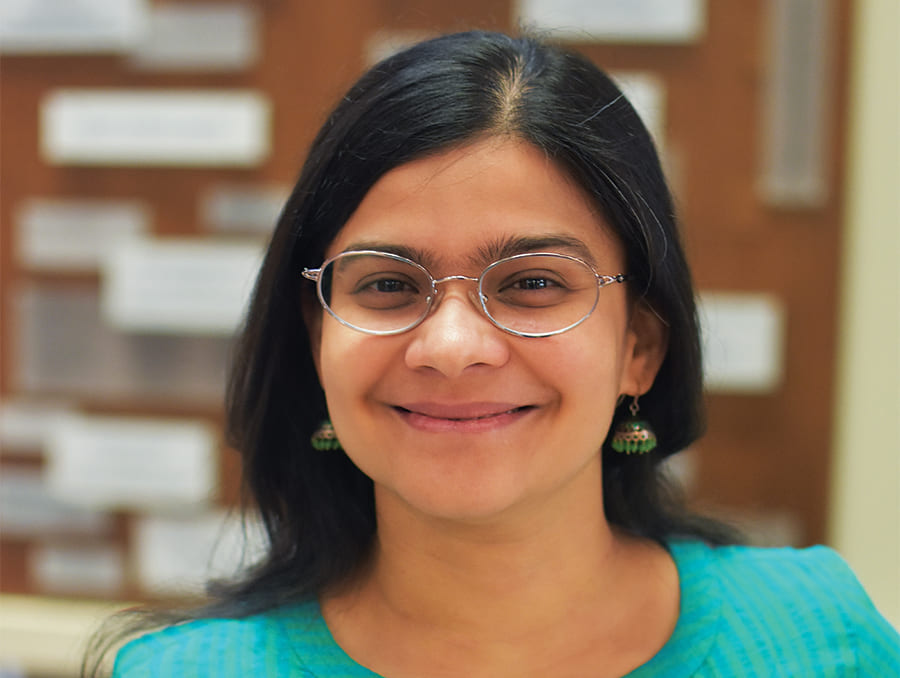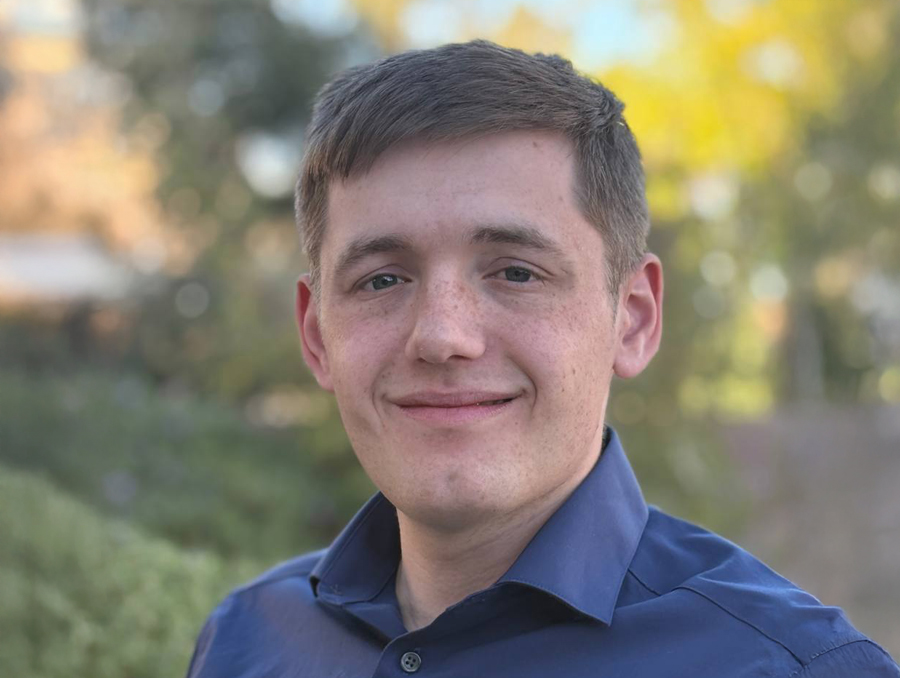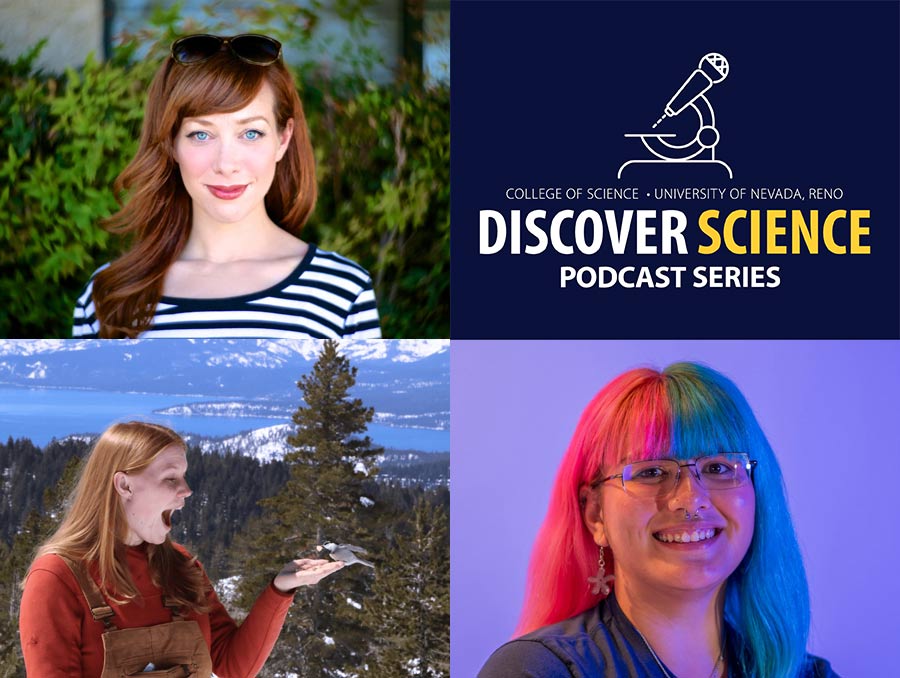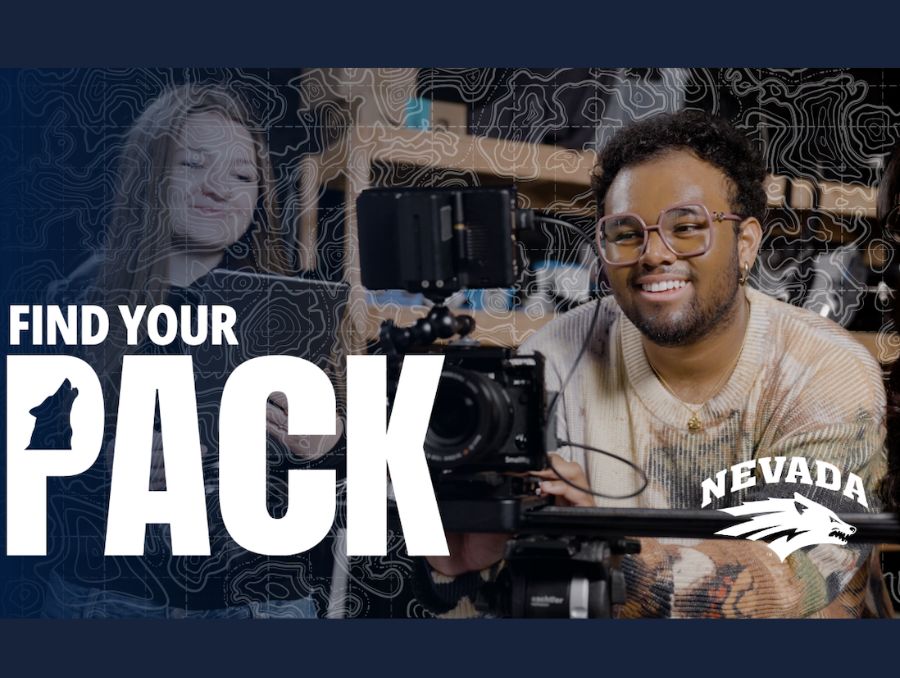Growing up in India, Paromita Pain, Ph.D. was a passionate LGBTQIA+ activist, writing newspaper articles and attending Pride marches where hundreds of LGBTQIA+ community members took to the streets to fight for their rights. Now, as a researcher and an assistant professor of global media at the Reynolds School of Journalism at the University of Nevada, Reno Pain continues to examine LGBTQIA+ advocacy.
Pain's work investigates subjects such as citizen journalism, alternative media and communication theories. Most recently, her passion for LGBTQIA+ rights led her to edit a collection of studies focused on social media’s impact on LGBTQIA+ activism, empowerment and identity.
“I want people to really understand that queerness as a topic is not divorced from issues of race, disability and colonialism,” Pain said. “This book hopefully should encourage a more intersectional understanding of activism, especially queer activism.”
“LGBTQ Digital Cultures - A Global Perspective” brings together academics from around the world who contribute their research on how digital platforms have helped queer and non-binary people express their identities.
Learn more about this collection of essays in the Q&A below.
Q: “What inspired you to produce ‘LGBTQ Digital Cultures - A Global Perspective?’”
A: “The fight for LGBTQIA+ rights is not new. And globally, there have always been movements, mostly offline, of course, to ensure that the rights of these minority communities have remained part of public conversation. But today, because of the rise of social media, the internet and digital platforms, these digital technologies have made this whole concept of queer identity wider, more expansive. This change has been noted in academia, but few collections bring together so many voices from different parts of the world in one place. That is the unique contribution of this book.”
Q: “Is there a section that you found most interesting, surprising or insightful?”
A: “Honestly, every chapter has added to an expansion of my own understanding and knowledge of LGBTQIA+ publics in that country. What I learned while putting this book together is that, while people may be expressing themselves on social media, each expression is a unique one.
So, in Turkey, for example, YouTube is popular. The content that is put out, the way that the videos are created and the reasons why these videos are created lead us to understand more about Turkish culture and how the queer population finds their identities and positions within those communities.
Each chapter helped expand my understanding and my respect towards the amount of activism that queer people across the world engage in.”
Q: “Why do you think it's essential to have research on how the LGBTQIA+ community uses and has helped shape modern communication?”
A: “It is very important. Today, digitization has had an impact, whether positive or negative, on every aspect of communication. And what we see is that LGBTQIA+ communities face a lot of harassment. That is why we need to do more research that looks at, not just how digitization has negatively impacted LGBTQIA+ people, but also how digitization has provided wonderfully positive communal spaces where people get together to communicate, meet and create these very important safe spaces, which become venues for education and empowerment.”
Q: “How should people best fight homophobia and cyberbullying online?”
A: “The best way to approach this would be to become allies and not provide space for bullies. If you see that someone is openly bullying people, whether it is people from the queer community or women and minorities in general, take a stand and say no. There is no need to try and engage if the arguments that are put forward are not rational, but saying a simple, strong no is always helpful.
In the offline world, you know how to address people and how to be respectful. There is no reason this respect cannot be practiced in the online world as well.”
Q: “Are you discouraged or hopeful about the state of LGBTQIA+ perspectives on social media right now?”
A: “I'm certainly not discouraged. Doing this book was an intensely joyful experience. While the chapters do discuss homophobia, cyberbullying and how some of these groups are treated so unfairly online, each of these chapters is frankly a lesson in courage and hope.
There are many negatives of social media when it comes to the queer community, but every negative is drowned out by the number of safe spaces and the friendships people form simply because they have these spaces to get together. One big advantage that digital platforms have brought for the queer community is that it has made communication boundaryless, sharing feelings and thoughts borderless. Today, somebody in Iran can reach out to somebody in India and just whisper words of comfort or simply just tell them that it's okay.”
Visit this page to view purchasing options for "LGBTQ Digital Cultures - A Global Perspective."
















